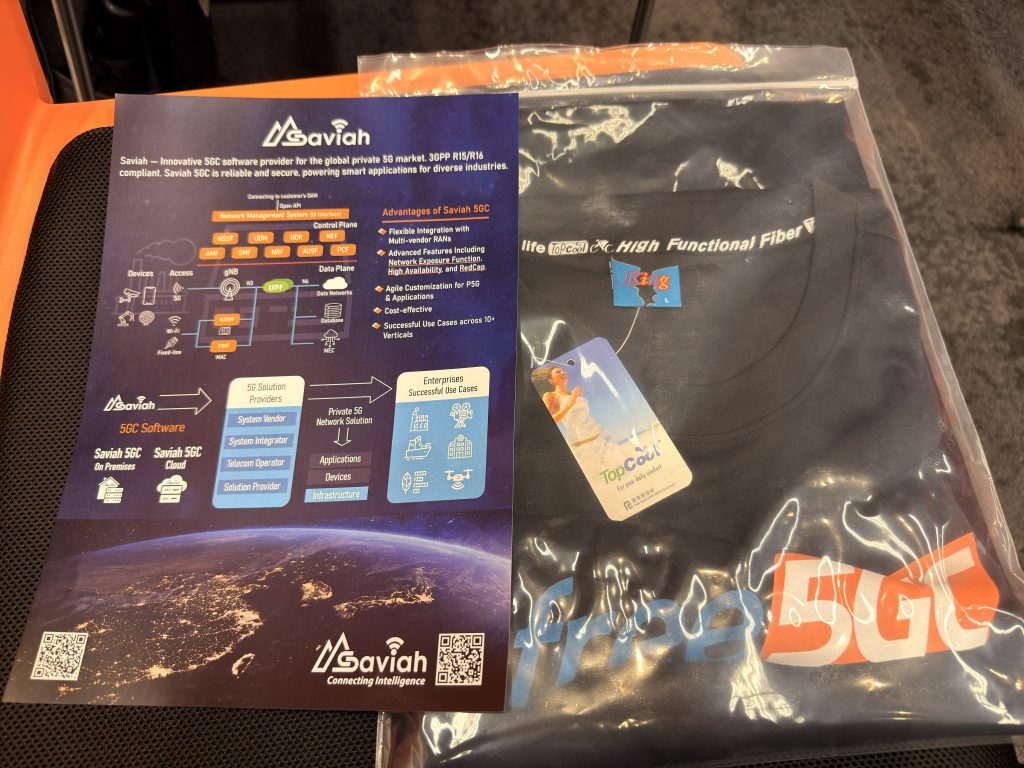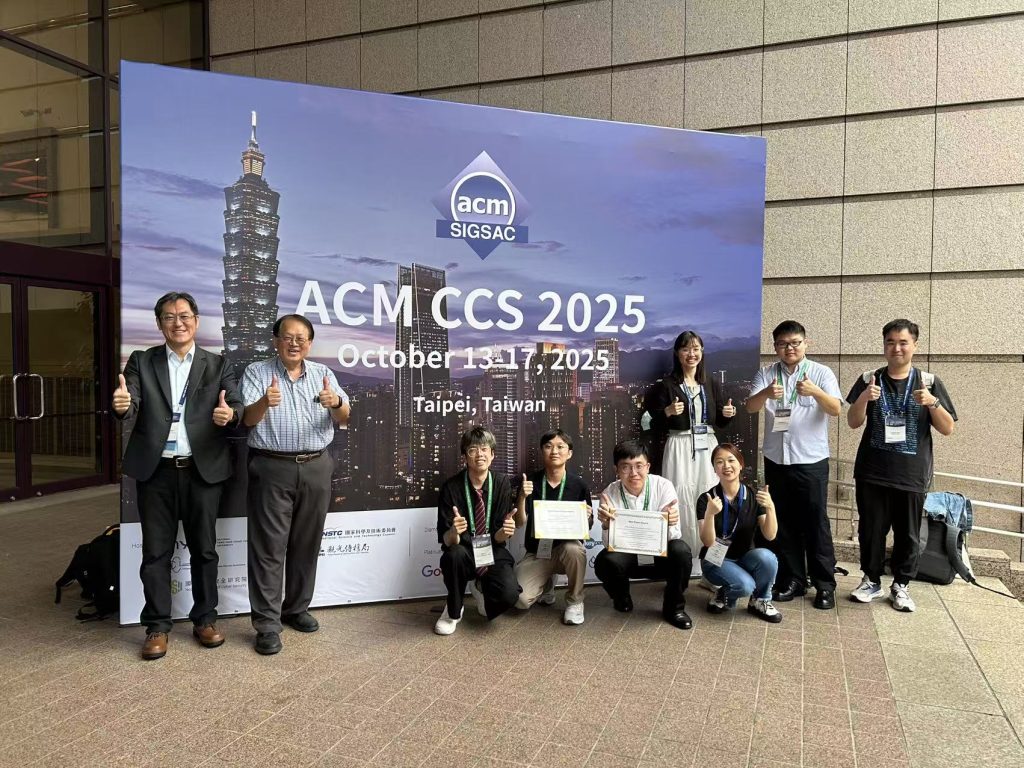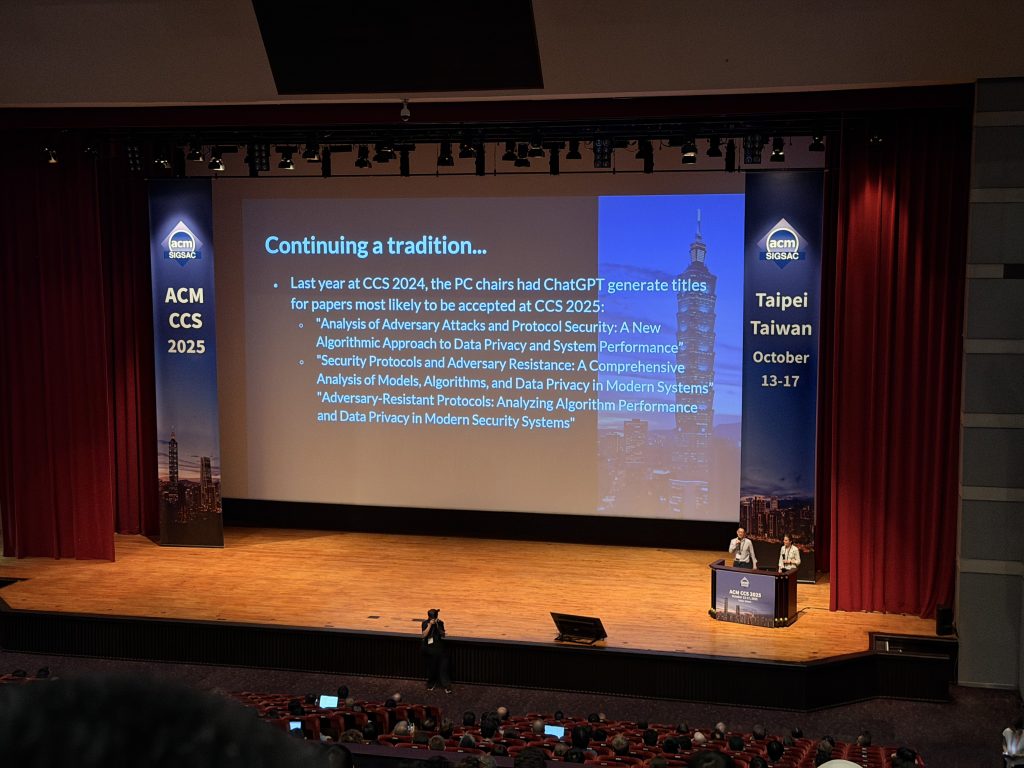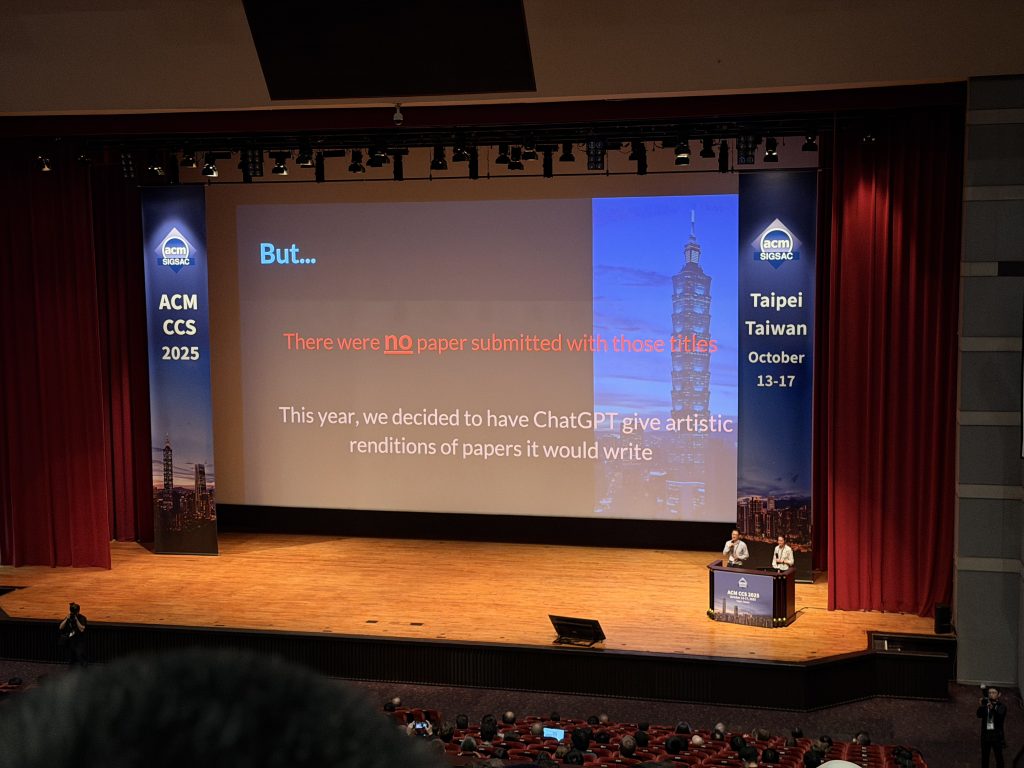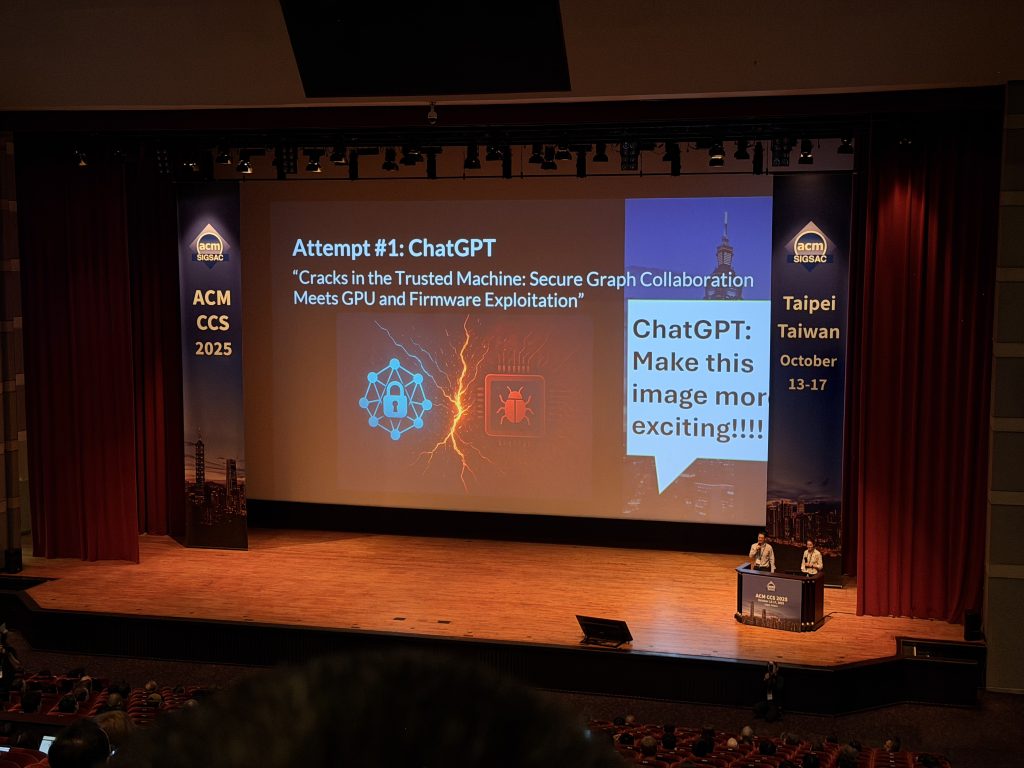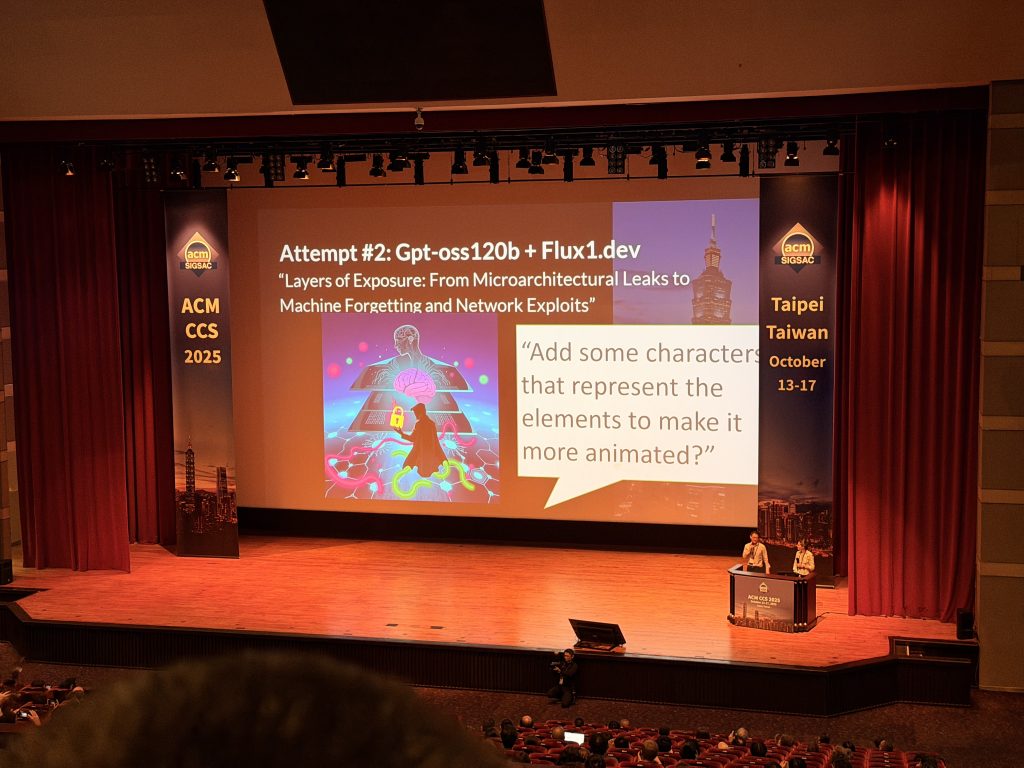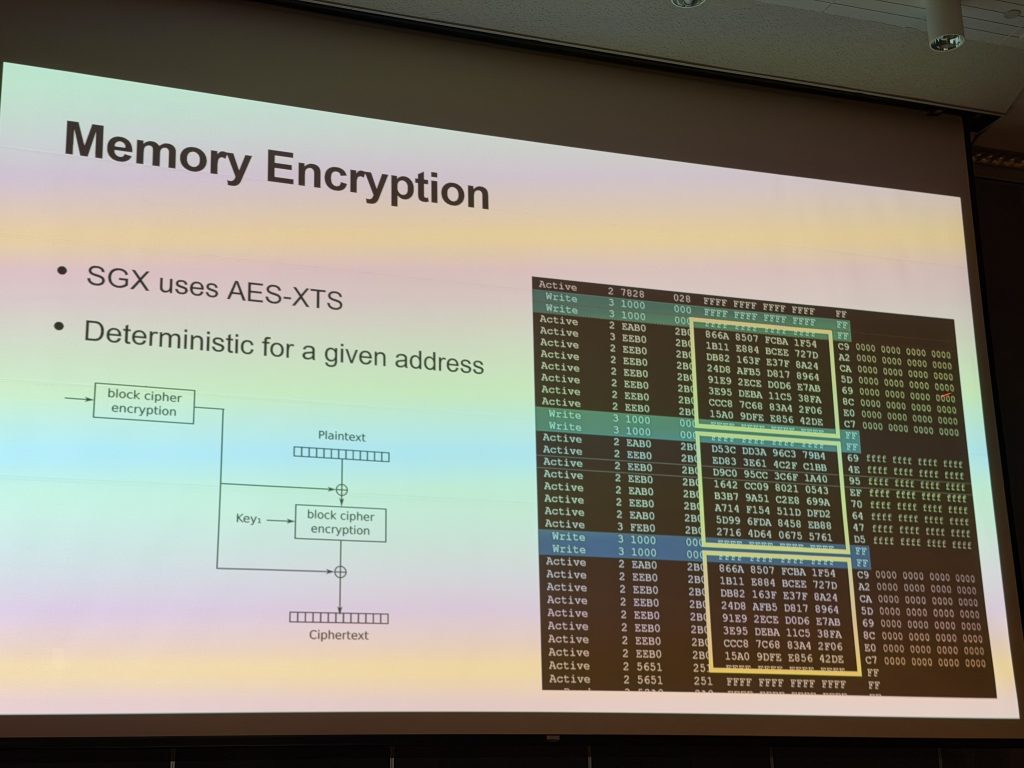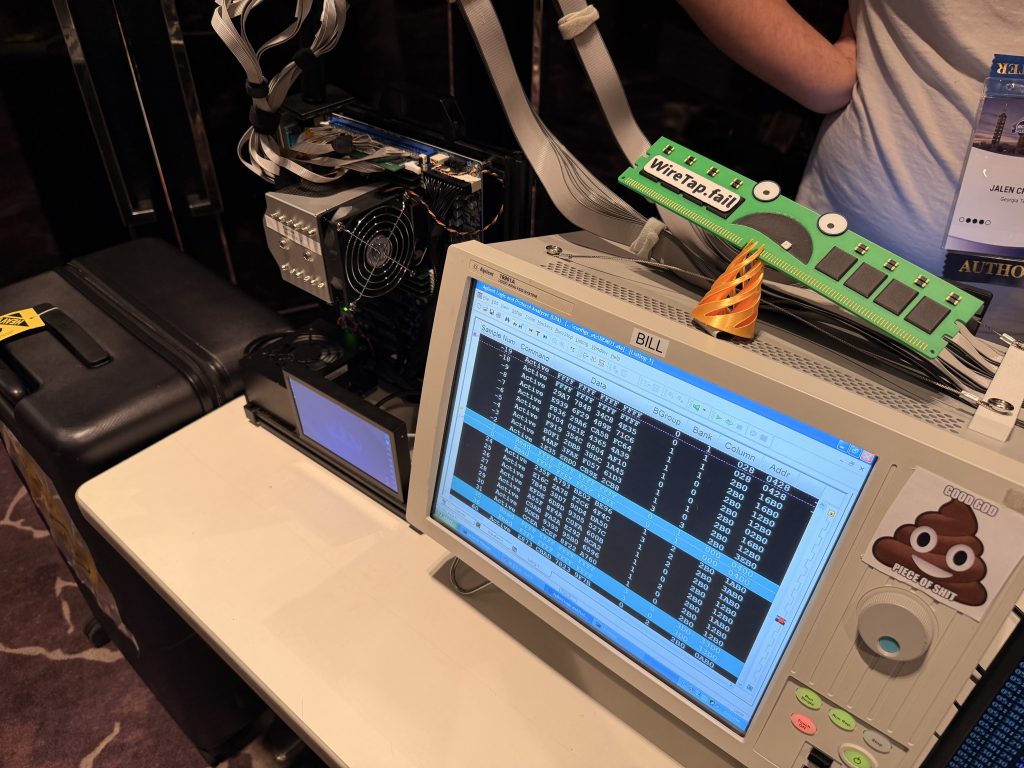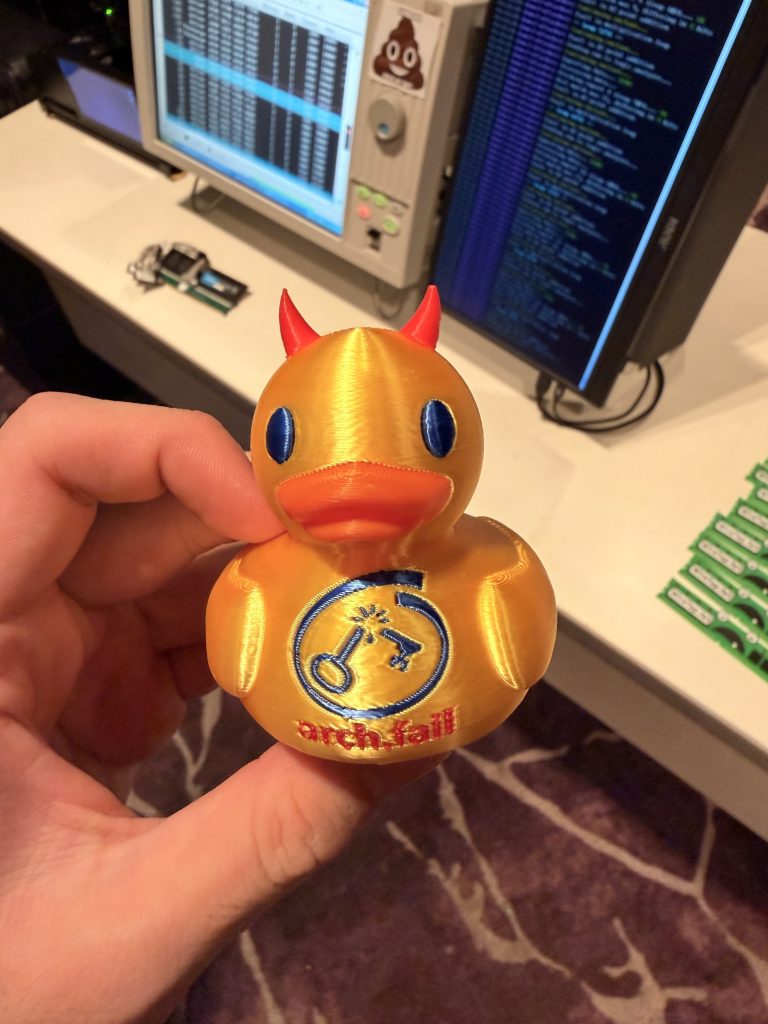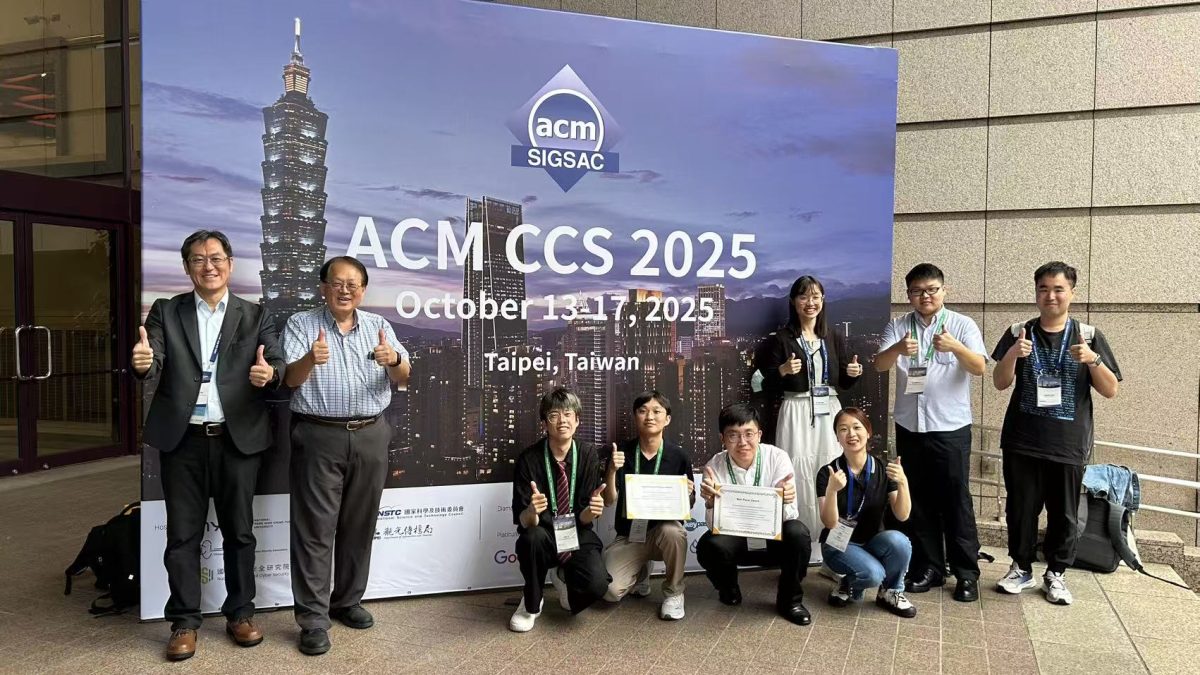
CCS 2025 Travel Notes
Preface
I recently traveled to Taipei for the ACM CCS 2025. It’s been 14 years since my last visit to Taiwan in 2011. While my current research focuses on Computer Architecture, I’m also passionate about Security and Networking. I have prior research experience in Computer Architecture Security, making this conference an excellent opportunity for me to explore potential research topics that align with my interests. Since I submitted my research work in August and co-authored a paper in September. I’m eager to attend these conferences during my time off, where I can rest and explore my options for the future. I want to explore the latest research trends and identify the best avenues for contributing to global knowledge while also fulfilling my personal curiosity. This opportunity also allows me to revisit Taiwan, which I missed so much.
free5GC
Before the main conference, I attended The 1st free5GC World Forum. I’m an enthusiast of 3GPP cellular technologies. Especially for TCP optimization over cellular connections, eSIM, and so on. And I would like to see how academics maintain such a huge open-source project similar to XiangShan. I genuinely appreciate these open-source projects that offer an alternative to the commercial gray/black box products. Which are meaningful for researchers and geeks that allow experienced users like me to modify and implement my own needs using existing infrastructure, and I can test my ideas to see if they work.
I really like the first talk "Rethinking 5G Core for Performance, Fairness, and Flexibility". This talk provides very detailed insights into software stack optimization. For our researchers in Computer Architecture, it’s great to see how these server workloads run on current computers. I particularly appreciate the insights into shared memory IPC and goroutines for networking IO processing.
I would also like to mention another talk titled "Implementing EAP-TLS in free5GC for Non-SIM Device Connectivity." I learned that 5G EAP-TLS can serve as an alternative technology that utilizes a certificate profile to access the 5G core network without a SIM card. This essentially provides authentication, similar to some 802.1x Enterprise Wi-Fi we currently use. If it gains widespread adoption by commertial UEs (like your phone), it would be an excellent choice for researchers, enterprises, and even geeks to build their own networks for various purposes without the fear of only having eSIM phones in the market in a few years. We wouldn’t want to pay for LPA services to create a GSMA-trusted eSIM profile for our own use.
I also made some friends and received their T-shirts there. Just a few days later, I created a PR for their project.
Main Conference
About generation of paper’s title
An interesting DRAM hacks
An interesting paper WireTap: Breaking Server SGX via DRAM Bus Interposition.
We have AES-XTS encryption in SGX2-encrypted memory. However, since there’s no counter for the same address, we can create a cryptographic text table and recover the plaintext if we can connect wires from DRAM!
And they even brings their hardware to the poster session!
Rest of the main coference
The rest of the conference was like any other, but it was my first time attending an academic conference in the communication and security field. I had many small security ideas about micro-architecture and software integrity, but I didn’t know how to apply them in real-world scenarios. The threat model is difficult to define and complete, making it challenging to implement effective protection. However, from the conference, I learned that there are many things we don’t need to have a lot of time to find real-world applications for. We can simply share our ideas and conduct small experiments to observe how our solutions will behave in real-world settings. In a few years, we may discover how our solutions can contribute to a more secure and improved digital world.
If anyone is curious about more details from my trip to CCS, feel free to comment or reach out to me. I’ll update this blog with the information.
Some travel comments
A place with very few travelers from chinese mainland
From the payments method in Taipei I learned, there are very few travelers from chinese mainland.
Upon arriving in Taipei, I visited a Chunghwa Telecom store at TPE airport to purchase a local eSIM service. During the payment process, the clerk raised their POS terminal and touched my phone (for Apple Pay). At that moment, I realized that they must have not encountered people from Chinese mainland for quite some time. It’s worth noting that most people from Chinese mainland do not have VISA or MasterCard in Apple Pay. This is because VISA and MasterCard issued by Chinese mainland banks are currently not permitted to be added to Apple Pay.
While shopping at Taipei night markets, I didn’t see any merchants support Alipay or WeChat Pay, while it’s very common in night markets in Seoul.
Many speaker from chinese mainland in CCS also using video + zoom presentation. It’s a pity that they cannot come in person to have a deep technical talk and socialize together.
The most orderly place I have ever seen
During my travels in Taipei, I’ve noticed that people there are exceptionally orderly. Whether they’re waiting for check-out at a grocery store, on a metro platform, or at a sidewalk intersection, they consistently form a straight line.
I’ve noticed that even on a nearly 3-meter-long sidewalk with no vehicles present, people will still wait for the green light. In contrast, in places without traffic lights, vehicles will patiently wait for pedestrians to reach a safe location. I’ve traveled to many places, but I haven’t encountered any other similar traffic order. This system gives pedestrians a sense of security on the road. I truly appreciate the traffic order in Taipei!
